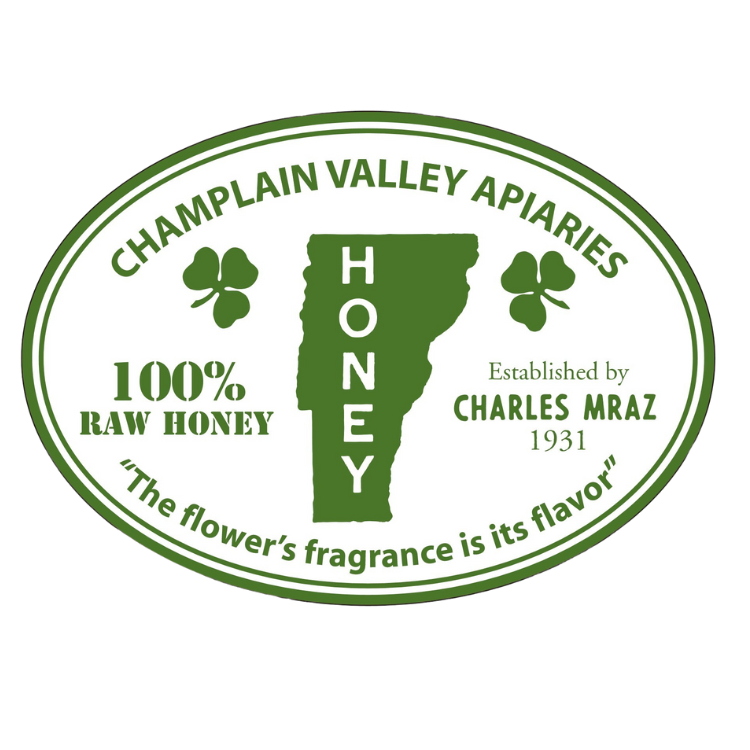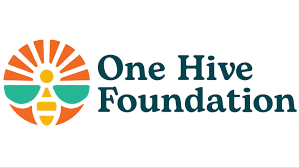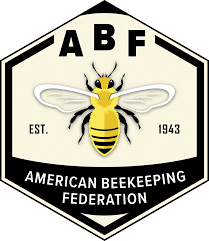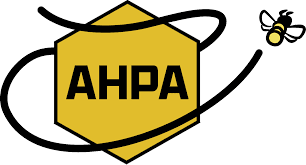welcome to the hive
all about bees
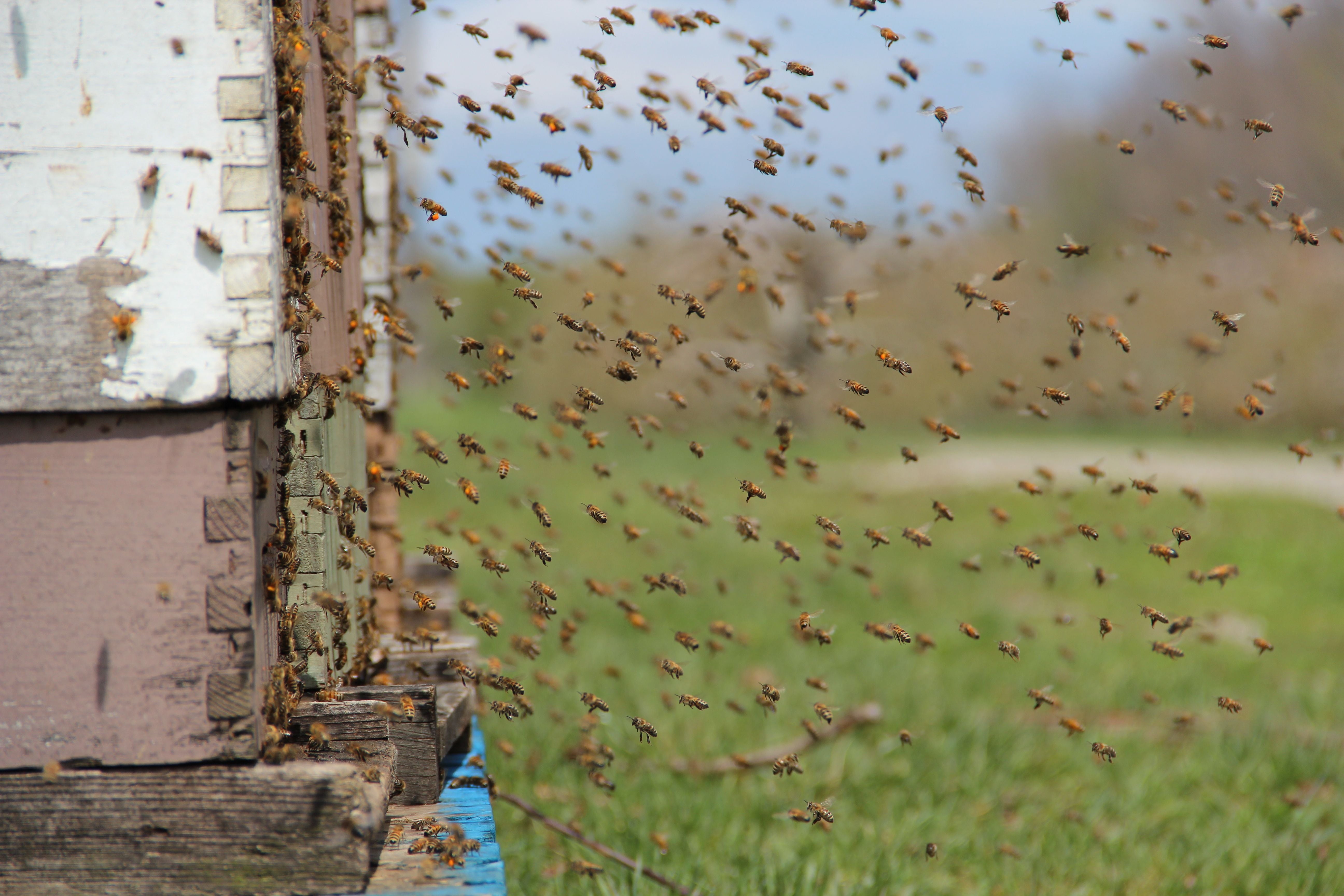
Article by Gus Stewart
When you think of a bee, what is the first thing that comes to mind? Painful stings? Buzzing in your ear? If this is where your mind goes blank, then you’ve left out one of the most important factors – food production. Without pollinators such as bees, many fruits and vegetables would become nonexistent. Bees pollinate 80 percent of the flowering plants, and 75 percent of the fruits, vegetables, and nuts we grow and consume every single day. Even the work of one bee is paramount. For example, the blueberry bee can visit up to 50,000 blueberry flowers in her lifetime, pollinating enough to produce 6,000 blueberries. For this reason, they need our support more than ever.
How Do They Do It?
You might be surprised to learn that the act of pollination is actually the bee’s method of survival. The nectar and pollen from flowering plants are the bee’s only source of food. For the flower, it is their method of reproduction. As female bees gather food, they collect pollen on their legs and abdomen from the male part of the flower, the stamen. When they go in for another landing, the pollen is deposited on the female part of the flower, the stigma. Bees tend to visit the same plant, enabling the plant to reproduce via fertilization and seed production.
There is a common misconception that all bees produce honey, but of the 25,000 bee species worldwide, only four are honeybees. About 250 of them are bumblebees with different characteristics to allow for varying levels of pollination. Bumblebees have much hairier coats than that of the honeybee, enabling them to carry more pollen and work during colder temperatures. Some have long tongues to pollinate tubular flowers, and all are capable of buzz pollination, during which their characteristic buzzing vibration causes the flower to release an explosion of pollen.
So, What’s the Problem?
It’s estimated that bees provide one out of every three bites of food in the United States, equating to a crop value of up to$ 18 billion. The bee population is on the decline, with honeybee colonies dwindling from 5 million to 2.5 million since the 1940s. Just last year beekeepers lost 44 percent of their honeybee colonies. There are various culprits including pesticides, disease, and environmental stress, with the largest being the lethal parasite, varroa mite. Many backyard beekeepers don’t have parasite-prevention strategies in place, leading to the unintended collapse of other colonies. In addition, this parasite can be passed to native bumblebees too, exacerbating the spread.
Not so fast – humans are culprits too. Intense farming leaves less land to support bees. Often times, farmland is stripped of everything but cash crop plants, leaving no flowering plants when those crops are in bloom. Remember the varroa mite we talked about? Hives are shipped all over the world, carrying with them nasty parasites and diseases.
Here’s Where You Come In
You can help the bee population while also growing your own produce via your very own garden. While you might be fearful that a pollinator garden will lead to unwanted stings, you’ll be happy to know that native bees rarely sting. What makes a garden a pollinator garden? The plants you choose should provide nectar and pollen and have continuous bloom throughout the growing season. Make sure your garden is situated in a sunny area with wind breaks, and don’t forget to provide a source of water via a birdbath or dripping faucet. Try to avoid using pesticides, or use an organic option if you must. Remember, before pesticides, nature had its own natural way of keeping disease and insects at bay, so trust in its continued ability to do so.
Make sure bees have a home too. Clearing a bare spot in your yard is a great spot for soil nesting bees. Dead trees are a great home too, but if you’d prefer an alternative, drill holes in an old post or healthy tree. Even leaving the stump behind after the dead tree removal could prove to be a happy home. If you are feeling extra adventurous, put up your own bee house and delight in watching their comings and goings.
Bees are crucial to our food supply, so we need to do our best to support them in whatever ways we can. Tap into your green thumb or put up housing – every small effort counts and you’ll be able to continue to enjoy your favorite foods.
